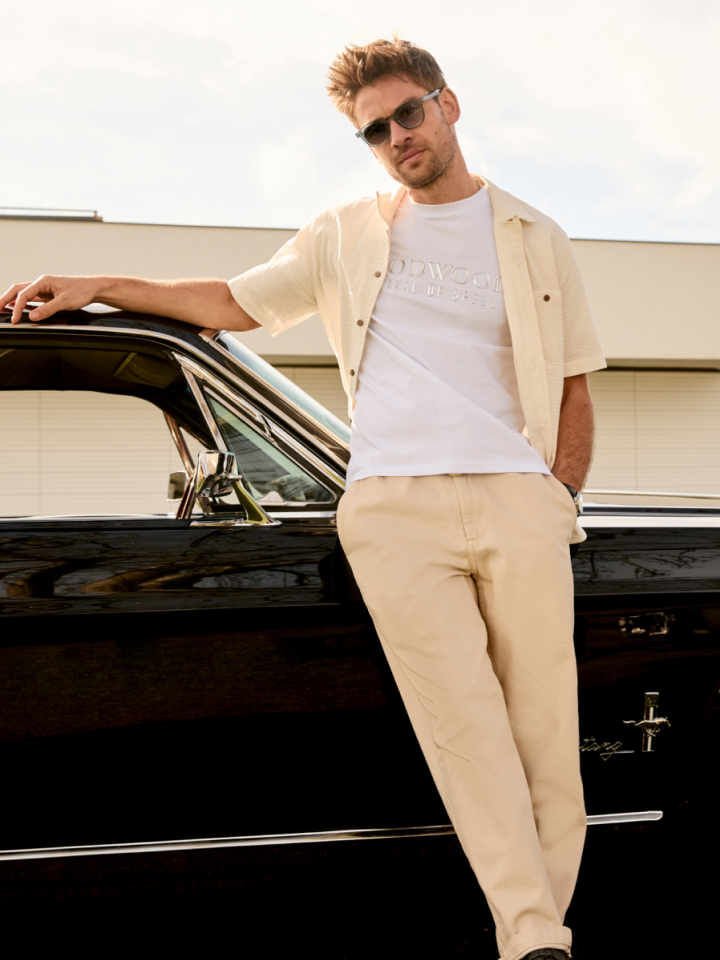Who will be MotoGP's top dog for the '20s?
Do decades matter? MotoGP has offered a certain symmetry in line with the calendar, without exactly matching the round numbers. The 1990s belonged to Mick Doohan – at least after Wayne Rainey and Kevin Schwantz finished up in the early years. The 2000s were Rossi’s personal property. Then, Spain took over the 2010s, kicked off by Jorge Lorenzo, then supplanted from 2013 by boy wonder Marc Marquez.

So to whom will the 2020s belong?
Well, as Mr Honda once memorably told us at the 1985 Spanish GP, the last European race he attended in person, “if we knew who was going to win, it would not be necessary to have the race”. But if you were to insist on a prediction, it would be necessary to say that – for the immediately foreseeable future – there is only one person who can beat the currently dominant Marc Marquez. The Repsol Honda rider himself.
Having made a career of bouncing back from crashes, sooner or later (the conventional wisdom dictates) fate will take its revenge.
Marquez had the hard job of taking control of the premier series from everybody’s darling Valentino, and a vast and still highly mobilised army of Rossi fans have never forgiven him. There are still frequently boos and jeers when he stands on top of the premier-class podium. A feat he has achieved 57 times in seven years, compared with Rossi’s 89 times in 20.
Of course Rossi hasn’t given up trying to better than, but he has never really recovered from the hiatus of his own move to Ducati for two years, in 2011 and 2012.
It is interesting that the man who effectively ousted Valentino from Yamaha, Jorge Lorenzo, was successful when he made the same move to the Italian marque, but was himself flummoxed and sent into unplanned early retirement with his own mis-step, joining Marquez at Honda in 2019. It was a painful and humiliating experience.

This was vivid proof of Marquez’s exceptional ability. Honda’s V4 RC213V is quite clearly a hell of a handful to ride. Top Briton Cal Crutchlow is talented and conspicuously determined, but among some brave podiums more often ends up nursing bruises in the gravel.
Not that any MotoGP bike, moving ever upwards towards 250 horsepower from 1,000cc, is actually easy to ride, as Lewis Hamilton discovered in December at Valencia, when he and Rossi swapped steeds for a day. Hamilton slipped off in what he described as “a bit of a spin”, but got back on, with his respect reinforced.
Outlandishly over-powered while still wedded to the basic geometry and principles of a bicycle with an engine in place of the pedals (a matter as much of regulations as of science, by the way), even the Yamaha that Hamilton tried – thought to be the most user-friendly of them all – is a beast that only the very best can tame. The Honda much more so.
It responds only to the most aggressive and attacking riding style – braking hard to mash the front tyre onto the track to initiate a turn; accelerating equally violently to spin the rear to complete it. The corollary is very high risk. Riding like this makes it very easy to fall down,

This is why Marquez is considered a genius, though it would certainly be revealing should he ever be persuaded to switch to a different marque.
The Yamaha meanwhile demonstrated its friendly nature last year not by the erratic results of factory riders Rossi and Maverick Vinales, although the latter did win two races.
It was new boy Fabio Quartararo who emerged in only the fourth of the 19 races as the most consistent challenger to Marquez; and by the latter part of the year was hounding the Honda to a series of last-lap (in Thailand last corner) fights. Only Marquez led more laps all season, and the 20-year-old Frenchman ended up tipped as the man to steal the Spaniard’s crown.
But he will need help not only from any potential errors by Marquez, but also from Yamaha, whose bike may be friendly, but is not very fast. At circuits where top speed matters its riders are left with a visible deficit, usually of around five mph.
The crux of the changing decades, the basis of who will dominate the next, rests in the race design parlours in Japan, and especially Yamaha headquarters in Iwata. The engineers’ task is daunting – how to make up the peak power deficit without losing the motorcycle’s user-friendly character. There is after all only one Marc Marquez.

The first prototypes were shown at post-race tests after the final 2019 GP, at Valencia and then Jerez, before the winter testing moratorium. While Vinales topped the time sheets at both venues, he led the chorus of Yamaha riders insisting they still needed more speed.
MotoGP rules freeze engine design from the first race of the year (an exception is made for new entrants yet to achieve a level of success). There are nine days of testing, then Yamaha need to have got it right before the first free practice in Qatar on March 6.
Quartararo and Marquez alike will be waiting with bated breath.
Images courtesy of Motorsport Images.
MotoGP
Marc Marquez
Valentino Rossi
Maverick Vinales
Fabio Quartararo































































